Lluís Domènech i Montaner: reconstructing Catalan architecture and politics brick by brick
Discover the legacy of the mastermind behind the Catalan Modernism movement
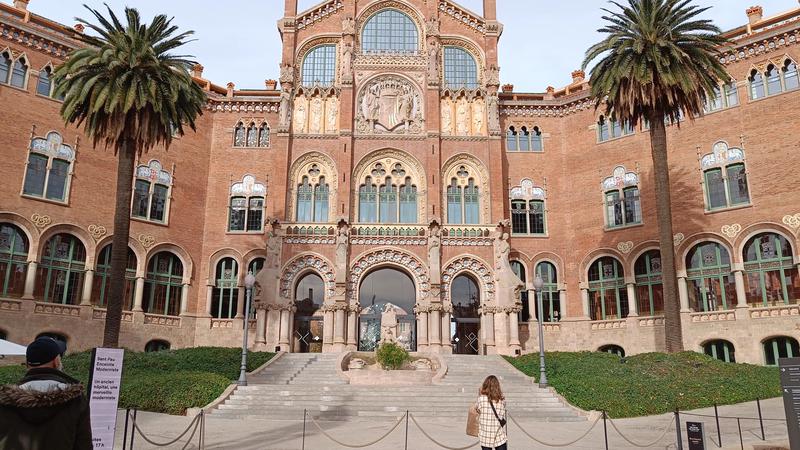
One of the most famous hallmarks of the city of Barcelona is its original Art Nouveau architecture, also known as Catalan Modernism. It seems like eyes will never tire from seeing buildings adorned with flowers, mosaics in unusual shapes and colors.
While many people attribute this particular style to Antoni Gaudí, the architect behind monuments like the Sagrada Família or Park Güell in Barcelona, the fact is that one has to look to his teacher, architect Lluís Domenech i Montaner as the creator of this particular style. Check out our latest podcast episode on this famous character in Catalonia:
His most prominent works in Barcelona are Palau de la Música Catalana and Hospital Sant Pau Art Nouveau Site, both on the Unesco World Heritage list.
Outside of Barcelona, his most prominent modernist work can be seen in the city of Reus, in the south, where he built the still-working psychiatric hospital, Institut Pere Mata, the precursor to the Sant Pau Hospital.
December 27, 2023, marks the one-hundred-year anniversary since the death of the architect, whose legacy stretches from architecture to politics with one thing in common: the recuperation of Catalan identity.
A person shaped by his time
Lluís Domènech i Montaner was born in 1849 into a bourgeois family, who owned a publishing house and book binding company, and he went on to study architecture in Madrid after having abandoned his physics studies in Barcelona.
“He was a person shaped by this time,” explains Carles Sàiz i Xiqués from the Lluís Domènech i Montaner Research Center. “The Barcelona he was born in was a Barcelona in constant change.”
The Catalan capital in 1849 was experiencing rapid population growth due to industrialization. At the same time Barcelona and the rest of Catalonia were in the midst of the Renaixença, a cultural movement that sought to revive and promote Catalan language and culture after over one hundred years of repression by the Spanish crown.
Birth of political Catalanism
In his late teens, Domènech i Montaner showed interest in politics and co-founded the first Catalanist political group, Jove Catalunya, the first of many political groups and parties that he founded throughout his lifetime.
“He would use all his virtues to serve the country. Everything is mixed together, but the end goal is the fatherland,” says Sàiz.
In 1891, Domènech i Montaner co-founded and became president of the conservative Catalanist group Unió Catalanista. One year later, in 1892, the group approved its political program called Les Bases de Manresa. Inspired by federalism, they proclaimed Catalonia as a sovereign country with Catalan as the official language and the re-establishment of the Catalan Parliament, les Corts Catalanes. Les Bases de Manresa are regarded as the birth of political Catalanism.
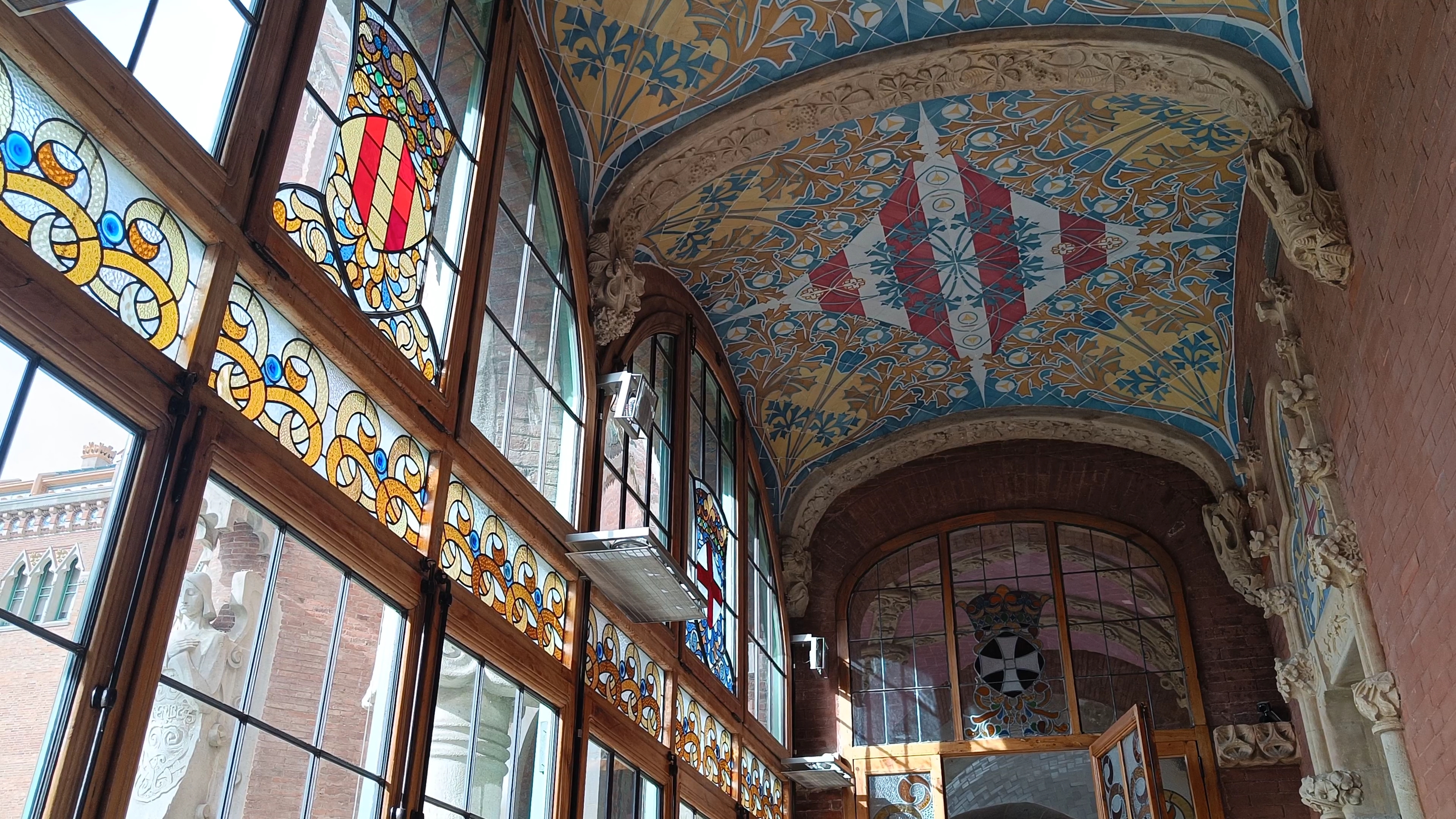
Image of the interior of one of the Hospital de Sant Pau corridors / Lea Beliaeva Bander
Shift in politics
At the height of his architectural career, Domènech i Montaner became a congressman and moved to Madrid for four years to represent the party Lliga Regionalista. Of center-conservative values, it sought to restore Catalan parliamentary rights and autonomy.
A few years after bringing the Catalan agenda to Madrid, he became disillusioned with politics and returned home to Barcelona.
“Domènech i Montaner was not a man committed to one party,” says Sàiz. “He was a man of conviction, and this led to conflicts and sometimes to accepting proposals that he didn’t believe in,” he adds.
Back in Barcelona, he took a more behind-the-scenes approach to politics. As time passed, his politics shifted from center-right wing ideals of autonomy to a more center-left dogma of republicanism, seen to have inspired the later Republican Catalanist movement in the early 20th century and the proclamation of the Second Spanish Republic in 1930 in Barcelona.
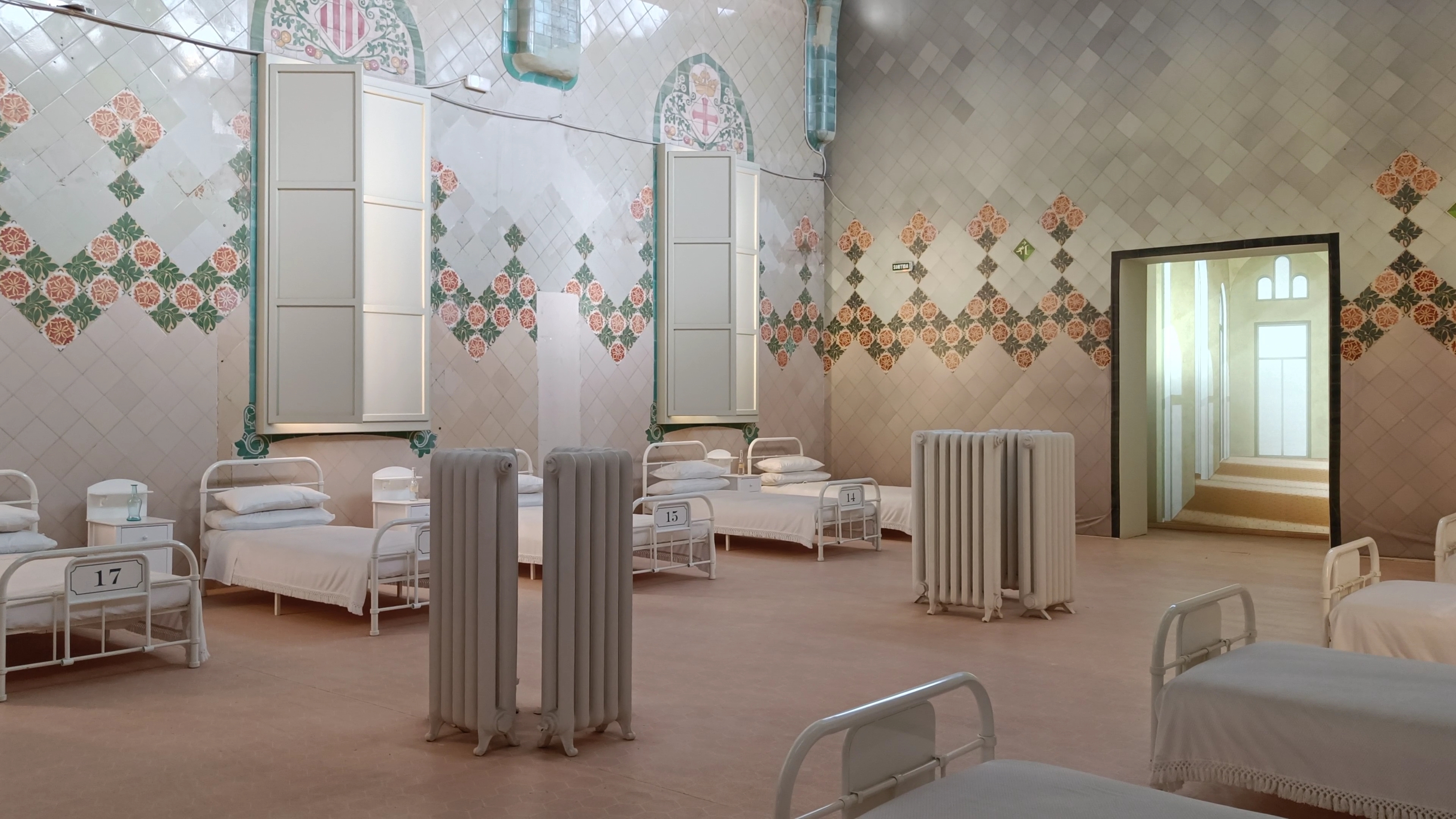
In search of a Catalan style
Throughout his career as an architect, Domènech i Montaner was focused on creating a particular Catalan architectural style based on older medieval styles found around Catalonia.
“Old writings of his say that around the 16th to 17th century, proper Catalan architecture comes to an end,” Sàiz says. “According to him, the Renaissance and Barroque styles were imposed by Spanish kings and do therefore not have their cultural roots in Catalonia.”
The architect didn’t just want to reconstruct the old Catalan traditions. Instead, he wanted to use the elements that were fundamental for the identity of Catalonia and transport them into the modern time by mixing them together.
Mixing the past with the present
When looking at a modernist building the characteristic abundance of ornaments like flowers, colors and shapes can, to some, look misplaced or even random. But, Carles Sàiz assures that everything is there for a reason:
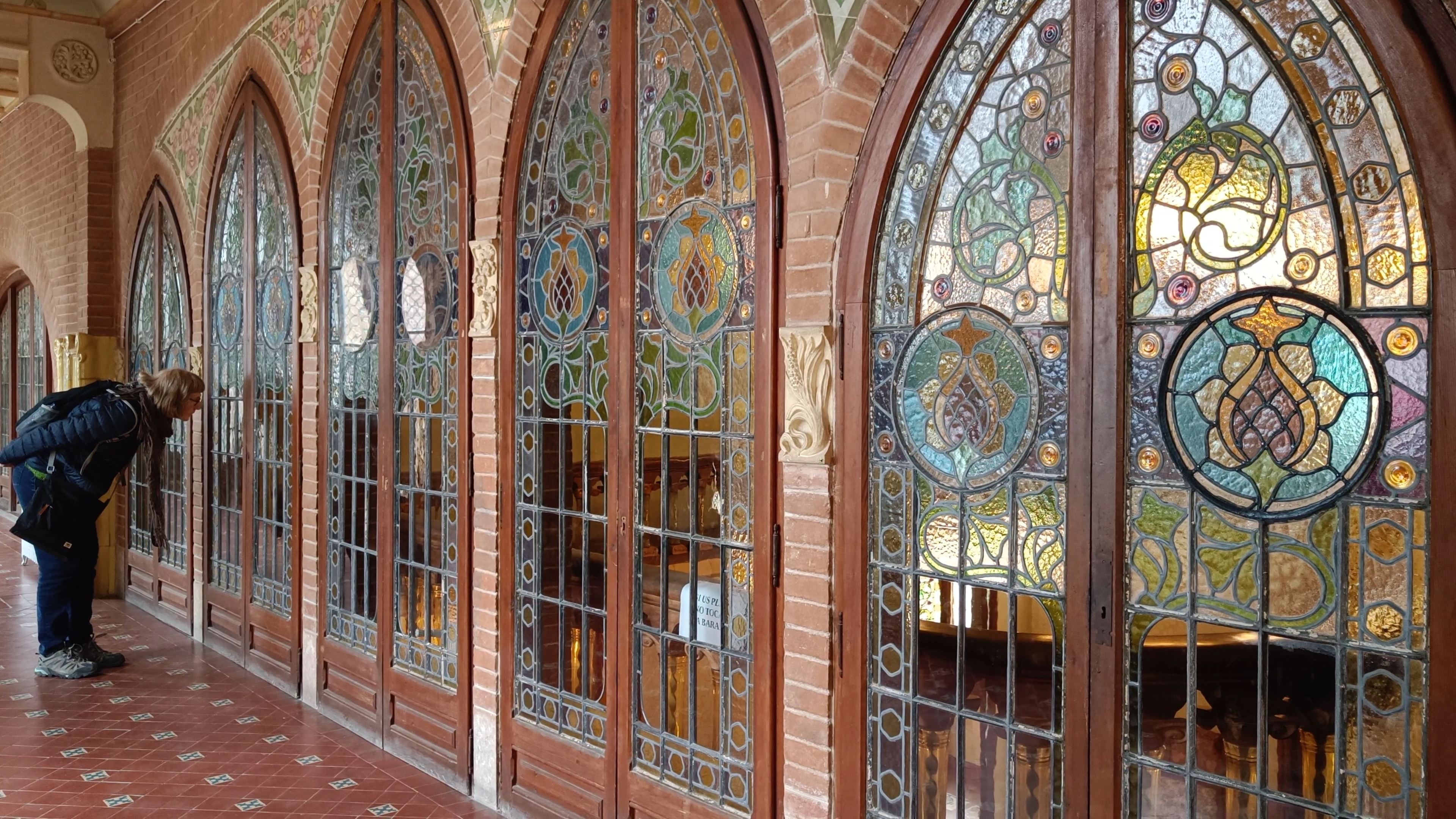
“With Domènech i Montaner, everything holds a meaning, nothing is improvised”, stresses Carles Sàiz. “Everything revolves around medieval symbolism,” he adds.
Catalan modernist staples in architecture can be traced back to three periods: the classical Roman era, Romanesque and Gothic, with places like Tarragona, Vall de Boí and Poblet of particular importance to Domènech i Montaner. These are also on the Unesco list of World Heritage Sites.
Characteristics of modernism
Domènech i Montaner incorporated the three periods into his architecture in different ways.
The columns in the architect’s work, characteristic of the Roman style, were decorated with flowers, while the flooring was often made with different colored mosaics and tiles. From the Romanesque era, the architect took inspiration from the religious iconography, but replaced it with floral decorations in ceramic, stucco or sgraffito on the walls, while the large stained-glass windows can be attributed to Gothic architecture.
As a way of taking the old architecture into the late 19th century, Domènech i Montaner worked with exposed brick, which until then had primarily been used in industrial buildings.
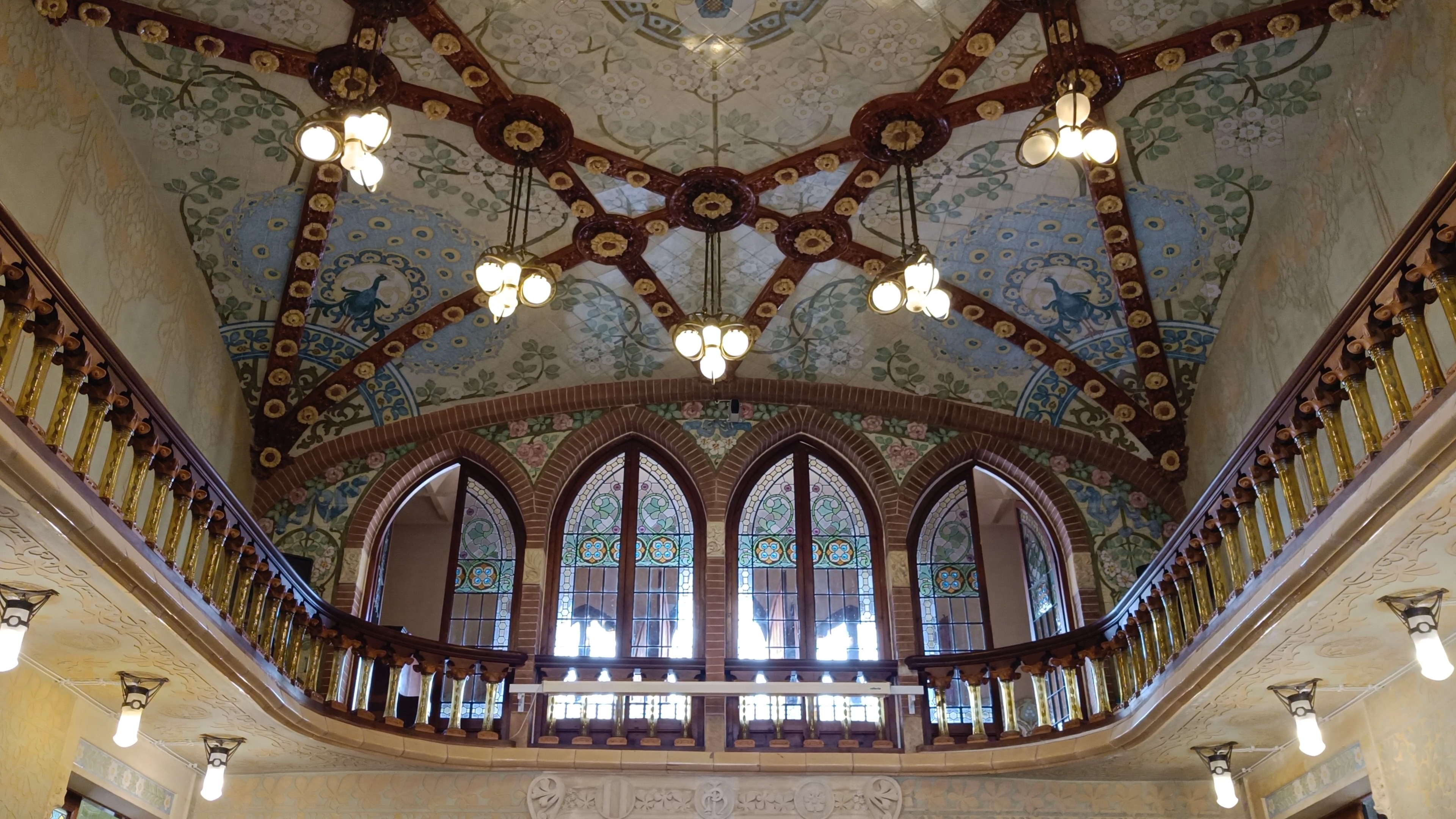
“The building materials themselves are part of the decoration,” says Miquel Terreu, archivist at the Modernist Site Sant Pau, and explains that the architect also brought back traditional techniques like ironwork but used it decoratively.
The first modernist building he constructed in Barcelona was in 1885 on Carrer Aragó right off Passeig de Gràcia. Now it houses the Antoni Tapiès Foundation.
Universal Exposition of 1888
While having gained recognition for his architectural ideas in Catalonia and Spain by the 1870s, it was the Universal Exposition in Barcelona held in 1888 that propelled him to international fame.
He had been commissioned to do various works for the exposition, like the Castell de les Tres Dragons in the Park Ciutadella, but what really put his name on the map was the construction of the 5,000-square-meter Hotel International, located on the then newly constructed Passeig de Colom. It was erected in a little over 50 days and finished completely in 90.
“The exposition was the consolidation of Domènech i Montaner as a prestigious architect,” says Sàiz.
Teaching the future generations
One of the reasons why Domènech i Montaner was regarded as the father of Catalan Modernism was because of his ability to inspire many architects to follow in his footsteps.
At only 25 years old, he became a teacher at, and later director of, the newly opened Barcelona Province School of Architecture.
Some of his most prominent students were future modernist architects like Antoní Gaudí, Josep Puig i Cadafalch, Ignasi Oms Ponsa and Josep Maria Jujol, who developed their own styles within the realm of Modernism.
While Domènech i Montaner is still not a name that is as easily recognized as other architects of his time like Antoní Gaudi, he is undoubtedly an important cultural and political figure in Catalonia, who left his mark through his buildings and his ideas.